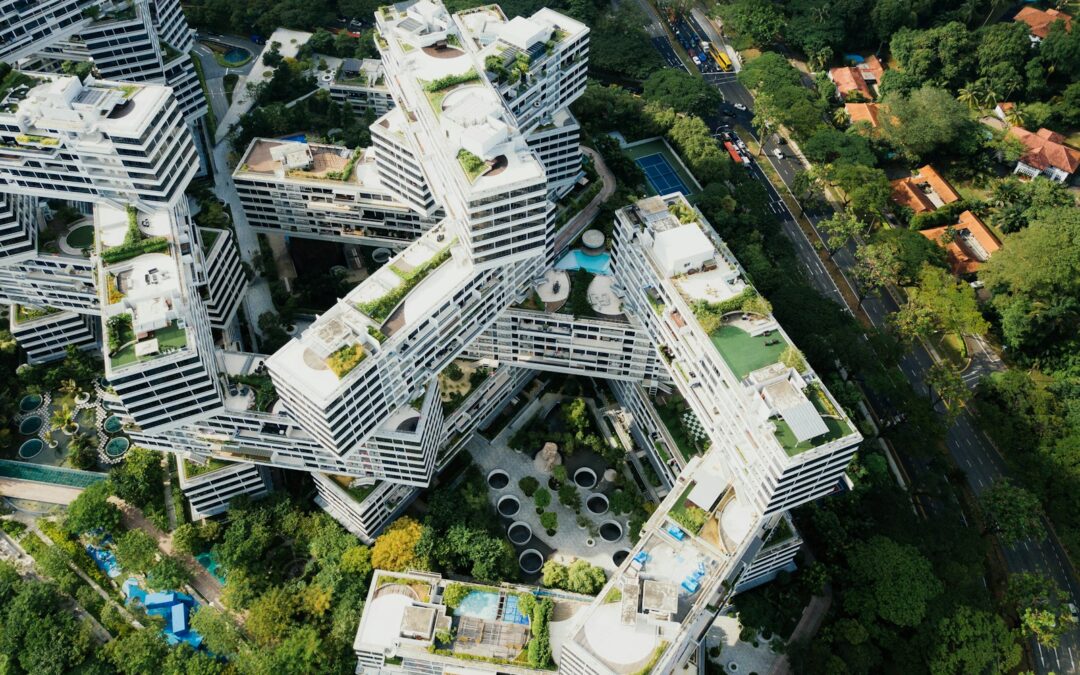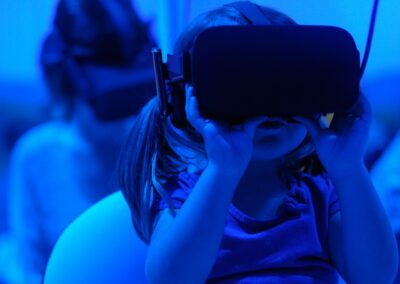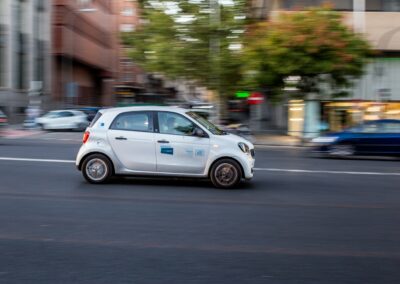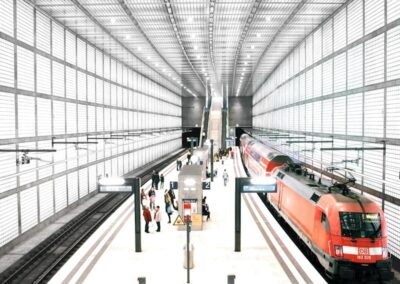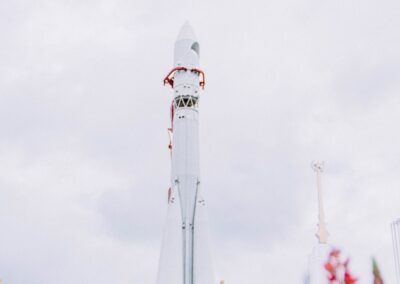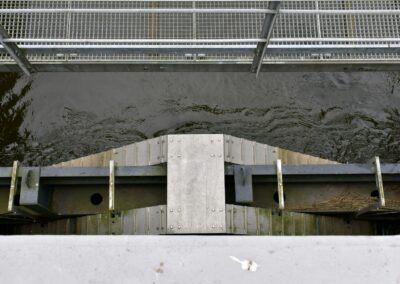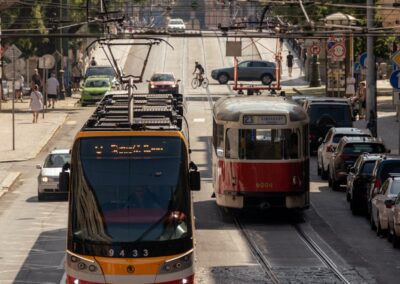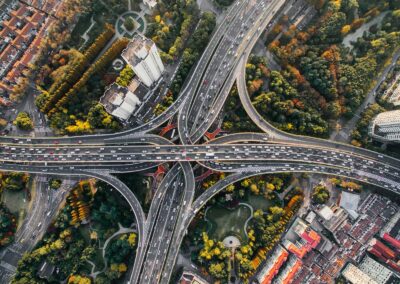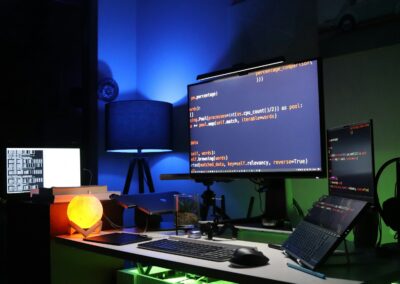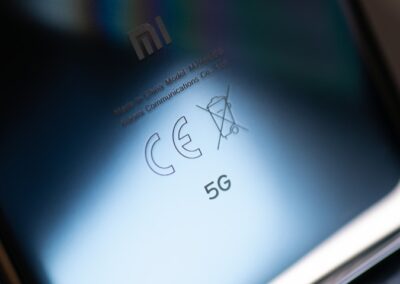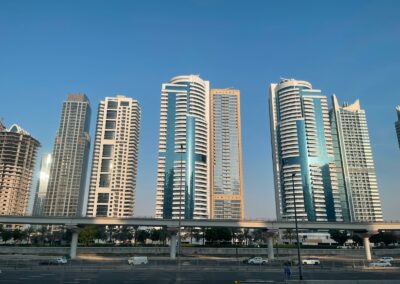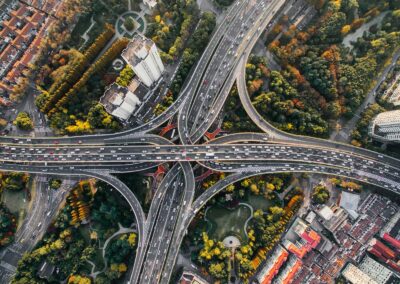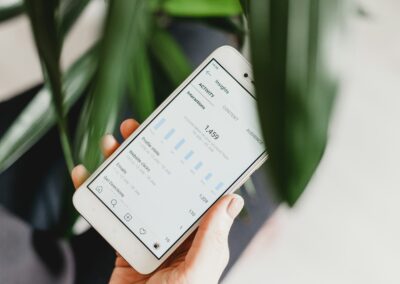Transforming Urban Development with Advanced Simulation Technologies
Introduction to Digital Twins in Urban Planning
Digital twins in urban planning are transforming how city planners approach the development and optimization of infrastructure projects. This innovative technology creates a virtual replica of physical assets, processes, or systems, allowing planners to simulate, analyze, and optimize urban environments before implementing real-world changes. The adoption of digital twins is particularly impactful in regions such as Saudi Arabia, the UAE, Riyadh, and Dubai, where rapid urbanization and modernization are underway.
The concept of digital twins involves creating a dynamic digital representation of a physical object or system. This digital counterpart can be updated with real-time data, providing an accurate and up-to-date model for analysis and decision-making. In the context of urban planning, digital twins enable city planners to visualize potential changes, assess their impact, and make data-driven decisions to enhance the efficiency and sustainability of urban infrastructure.
By leveraging digital twins, urban planners can address various challenges, such as traffic congestion, energy consumption, and environmental sustainability. The technology allows for comprehensive simulations of different scenarios, helping planners identify the most effective strategies for improving urban infrastructure. This approach not only saves time and resources but also ensures that cities are better prepared to meet the needs of their growing populations.
The Role of Digital Twins in Infrastructure Optimization
The use of digital twins in urban planning offers numerous benefits for optimizing infrastructure projects. One of the key advantages is the ability to conduct virtual simulations of various urban scenarios. Planners can create detailed models of entire cities, including buildings, roads, utilities, and public spaces, and test the impact of different development plans. This enables them to identify potential issues and make necessary adjustments before any physical work begins.
In Saudi Arabia and the UAE, where cities like Riyadh and Dubai are experiencing rapid growth, digital twins provide a valuable tool for managing urban expansion. For example, planners can use digital twins to simulate the impact of new transportation networks on traffic flow and public transit systems. By analyzing these simulations, they can optimize routes, reduce congestion, and improve overall mobility within the city. This level of precision is crucial for ensuring that infrastructure projects are both efficient and sustainable.
Moreover, digital twins facilitate better collaboration among stakeholders involved in urban planning. By providing a shared, real-time digital model, city planners, engineers, architects, and policymakers can work together more effectively. This collaborative approach ensures that all aspects of a project are considered and that decisions are based on comprehensive data. As a result, infrastructure projects are more likely to be successful and meet the long-term needs of the community.
Case Studies: Digital Twins in Action
Several cities around the world have successfully implemented digital twins to revolutionize their urban planning processes. In Dubai, for instance, the Dubai Municipality has launched a digital twin initiative to create a virtual replica of the entire city. This project aims to enhance urban planning, improve public services, and support sustainable development. The digital twin of Dubai integrates data from various sources, including satellite imagery, IoT devices, and GIS systems, to provide a comprehensive view of the city’s infrastructure.
In Riyadh, digital twins are being used to support the city’s ambitious Vision 2030 plan. The technology is helping planners optimize infrastructure projects related to transportation, energy, and water management. By simulating different development scenarios, planners can identify the most effective strategies for achieving the city’s goals of economic diversification and sustainable growth. This data-driven approach ensures that Riyadh’s infrastructure projects are aligned with the vision of creating a vibrant, modern city.
Another notable example is the city of Singapore, which has developed a digital twin known as Virtual Singapore. This platform allows city planners to simulate and analyze various urban scenarios, from traffic management to disaster response. By using the digital twin, Singapore can make informed decisions that enhance the quality of life for its residents and ensure the city’s resilience in the face of challenges such as climate change and population growth.
Future Prospects of Digital Twins in Urban Planning
The future prospects of digital twins in urban planning are incredibly promising, particularly as technology continues to advance. With the integration of artificial intelligence and machine learning, digital twins can become even more sophisticated, providing deeper insights and more accurate predictions. AI algorithms can analyze vast amounts of data from the digital twin, identifying patterns and trends that might not be immediately apparent to human planners.
In the Middle East, cities like Dubai and Riyadh are at the forefront of adopting digital twin technology. These cities are leveraging AI to enhance their digital twins, making them smarter and more responsive to changing conditions. For instance, AI can help optimize energy consumption in buildings, predict maintenance needs for infrastructure, and improve traffic management systems. By incorporating these advanced technologies, urban planners can create cities that are not only more efficient but also more sustainable and resilient.
Furthermore, the use of blockchain technology can enhance the security and transparency of data used in digital twins. Blockchain provides a secure and tamper-proof ledger for storing data, ensuring that the information used for urban planning is reliable and accurate. This is particularly important for maintaining trust among stakeholders and ensuring that decisions are based on verifiable data. As blockchain technology continues to evolve, its integration with digital twins will further enhance the reliability and effectiveness of urban planning processes.
Implications for Business and Executive Coaching
The principles of digital twins in urban planning can be applied to business and executive coaching, offering innovative solutions for leadership development and performance improvement. Just as urban planners benefit from detailed simulations and data-driven insights, business leaders can leverage digital twins to model different strategies and outcomes for their organizations. By creating a virtual representation of their business operations, leaders can test various scenarios and make informed decisions to optimize performance.
Incorporating digital twins into executive coaching can provide leaders with a comprehensive understanding of their organization’s strengths and weaknesses. Virtual simulations can help executives identify potential challenges and develop effective strategies to address them. This approach ensures that leaders are well-prepared to navigate complex business environments and drive their organizations toward success.
Additionally, the use of AI in executive coaching can offer personalized insights into leadership performance. By analyzing behavioral data, AI can identify patterns and provide recommendations for improvement. This personalized approach can enhance the effectiveness of coaching programs, helping leaders develop the skills and competencies needed to excel in their roles.
Conclusion: Embracing Digital Twins for Enhanced Urban Planning and Development
The success of digital twins in urban planning underscores their transformative potential for revolutionizing infrastructure projects. By offering detailed simulations, real-time data analysis, and collaborative tools, digital twins enable city planners to make informed decisions that enhance the efficiency and sustainability of urban environments.
As AI, blockchain, and other emerging technologies continue to evolve, the potential for enhancing digital twins will only grow. These technologies can provide more accurate insights, secure data management, and immersive simulations that cater to the diverse needs of urban planners. For regions like Saudi Arabia, the UAE, Riyadh, and Dubai, embracing digital twin technology can lead to significant advancements in urban development and infrastructure optimization.
By applying the lessons learned from successful digital twin initiatives, other sectors can harness the power of this technology to deliver exceptional solutions. The future of urban planning is digital, and those who embrace this technology will be well-positioned to create cities that are efficient, sustainable, and resilient.
#DigitalTwins #UrbanPlanning #InfrastructureProjects #SmartCities #SaudiArabia #UAE #Riyadh #Dubai #ArtificialIntelligence #Blockchain #Metaverse #ExecutiveCoaching #BusinessSuccess #Leadership #ProjectManagement

